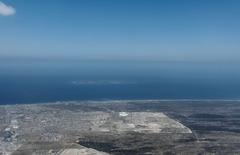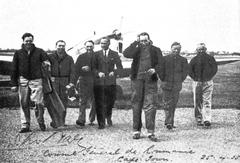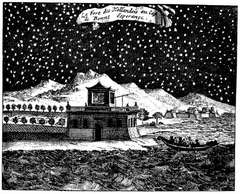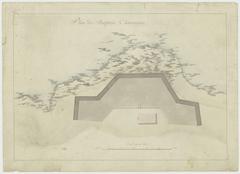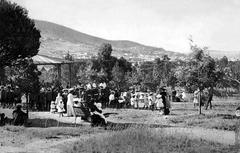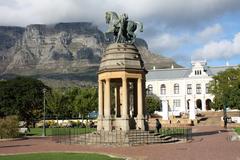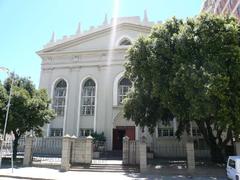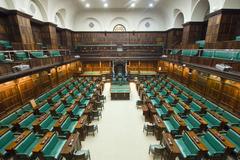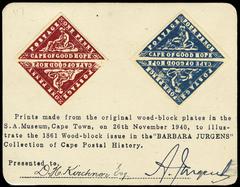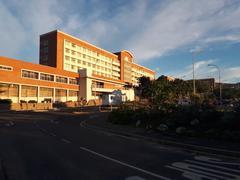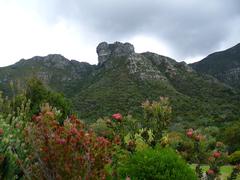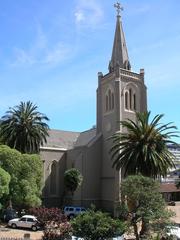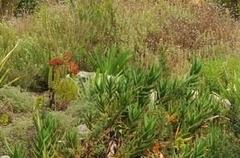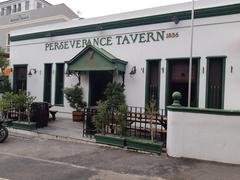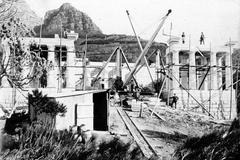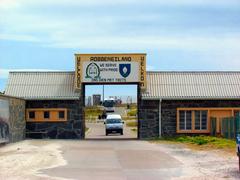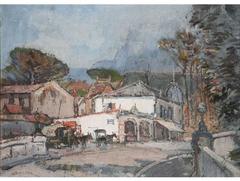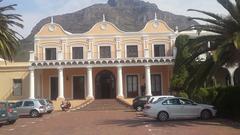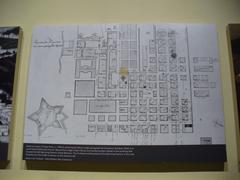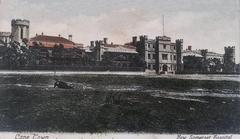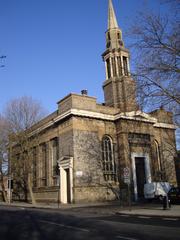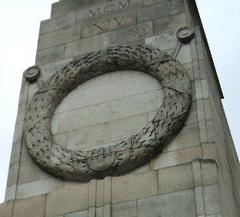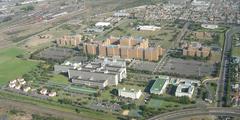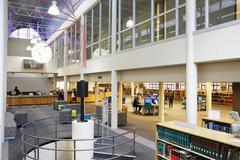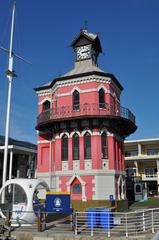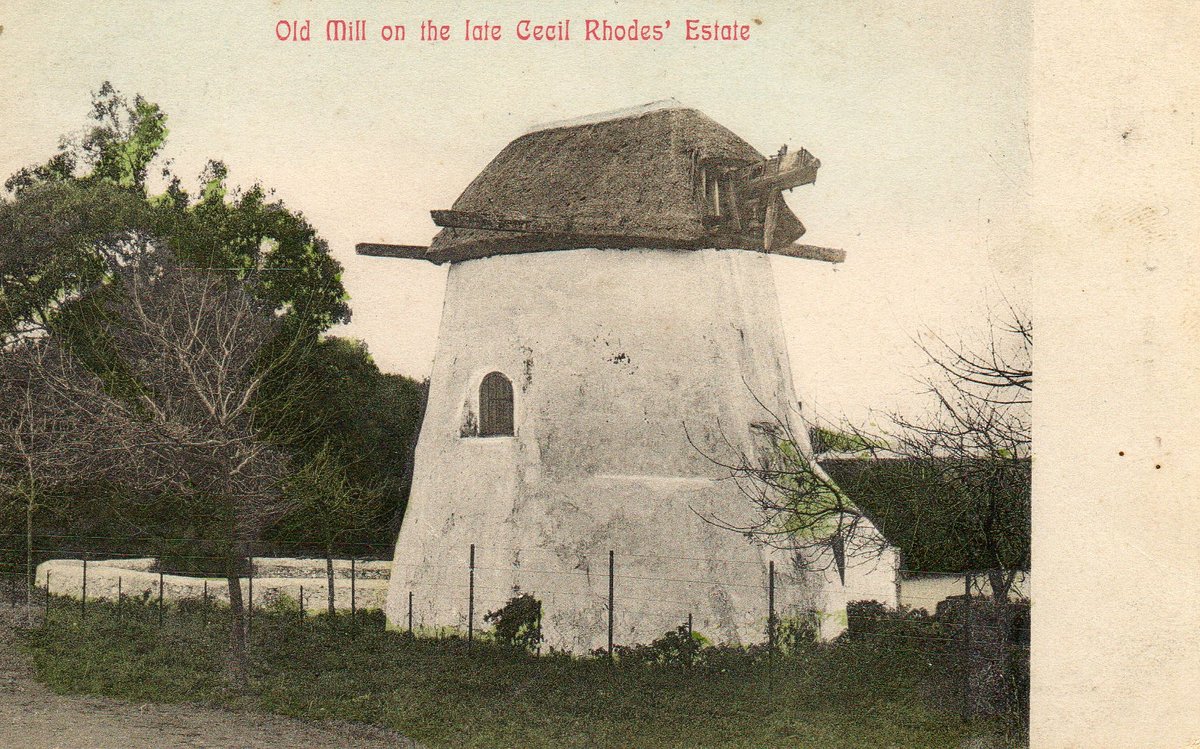
Visiting Mostert’s Mill: Hours, Tickets, and Tips
Date: 01/08/2024
Introduction
Mostert’s Mill, situated in the picturesque suburb of Mowbray, Cape Town, South Africa, is a remarkable relic of the late 18th century. Constructed in 1796, this historic windmill stands as a unique emblem of Cape Town’s rich agricultural and colonial heritage. Originally built on the Welgelegen farm owned by Gysbert van Renen, the mill eventually came under the ownership of Sybrand Jacobus Mostert, from whom it derives its name (Wikipedia).
The mill’s historical journey is as compelling as its structure. From its origins as the first privately owned mill in Cape Town, breaking the monopoly of the Dutch East India Company, to its restoration in the 20th century, Mostert’s Mill has witnessed and endured significant historical shifts. Notably, the mill ceased operations by 1873 but was later restored in 1936, with the restoration attended by prominent figures such as the Prime Minister, General Hertzog (Wikipedia).
However, the mill faced another challenge in 2021 when a wildfire originating from Devil’s Peak nearly obliterated it. This event spurred a comprehensive restoration effort, which saw the mill return to its former glory by April 2024 (JNA Group). Today, Mostert’s Mill not only serves as a functional windmill but also as a cultural landmark, offering insights into the colonial and agricultural history of the region. This guide aims to provide a comprehensive overview of visiting Mostert’s Mill, including its historical significance, architectural marvels, visitor information, and travel tips.
Table of Contents
- Introduction
- History of Mostert’s Mill
- Architectural and Operational Details
- Cultural and Historical Significance
- Visitor Experience
- FAQs
- Conclusion
- Call to Action
- References
History of Mostert’s Mill
Origins and Construction
Mostert’s Mill, located in Mowbray, Cape Town, South Africa, is a historic windmill with a rich history dating back to the late 18th century. The mill was constructed in 1796 on the farm ‘Welgelegen,’ which was owned by Gysbert van Renen. The farm itself was acquired by Jacob van Renen in 1756 and later inherited by his son Gysbert in 1794. The mill was named after Sybrand Jacobus Mostert, Gysbert’s son-in-law, who became the owner after Gysbert’s death in 1827 (Wikipedia).
Early Operations and Ownership
Mostert’s Mill holds the distinction of being the first privately owned mill in Cape Town. Before the British occupation of the Cape in 1795, all mills were controlled by the Dutch East India Company. The mill was a significant development as it marked a shift towards private enterprise in the region. The mill ceased operations by 1873 but remained under the ownership of the Mostert family until 1889. It was then sold to Mr. Wilks, who subsequently sold it to Cecil Rhodes in 1891 (Wikipedia).
Restoration and Public Access
By the early 20th century, Mostert’s Mill had fallen into disrepair. Recognizing its historical value, a restoration project was initiated by the Dutch millwright Christiaan Bremer. The restored mill was officially reopened on February 1, 1936, by Dr. Lorentz, the Minister Plenipotentiary and Envoy Extraordinary to the Netherlands. The ceremony was attended by notable figures, including the Prime Minister, General Hertzog, and flour was ground for the guests (Wikipedia).
The Fire of 2021 and Subsequent Restoration
On April 18, 2021, a devastating wildfire originating on the slopes of Devil’s Peak nearly destroyed Mostert’s Mill. The fire caused significant damage, but the mill’s historical importance spurred a comprehensive restoration effort. John Willson-Harris from Gabriel Fagan Architects and JNA Thatchers played crucial roles in the restoration. JNA Thatchers undertook the project pro bono, constructing a traditional poplar timber roof structure and incorporating fire-retardant methods to enhance protection. The mill was fully restored by April 2024 and is once again operational (JNA Group).
Architectural and Operational Details
Mostert’s Mill is a tower mill, a type of windmill that features a rotating cap that allows the sails to be turned into the wind. The mill’s structure includes a traditional poplar timber roof and “spaansriet” laths. The mill is equipped with a manual drencher system for fire protection, a feature added during the most recent restoration. The mill grinds wheat into whole meal using wind power, making it the last remaining working windmill in Africa (Mostert’s Mill Official Site).
Cultural and Historical Significance
Mostert’s Mill is not just a functional windmill; it is a symbol of Cape Town’s rich agricultural and colonial history. The mill’s construction marked a significant shift towards private enterprise in the region, breaking the monopoly of the Dutch East India Company. Over the years, it has become a cherished landmark, representing the resilience and historical continuity of the community. The mill’s restoration efforts highlight the importance of preserving cultural heritage for future generations (Heritage Portal).
Visitor Experience
Practical Information for Visitors
Mostert’s Mill is open to the public on the third Saturday of every month, from 10:00 to 15:00, weather permitting. Visitors can witness the mill in action, grinding wheat into whole meal. The site also offers a unique opportunity to learn about the history and mechanics of windmills. The Friends of Mostert’s Mill, a non-profit organization, manages the site and offers memberships that provide access to the mill and its activities (Mostert’s Mill Official Site).
Ticket Prices and Guided Tours
While entry to Mostert’s Mill is free, donations are encouraged to support ongoing maintenance and operations. Special guided tours can be arranged for groups, offering deeper insights into the mill’s history and mechanics.
Nearby Attractions
Visitors to Mostert’s Mill can also explore nearby attractions such as the University of Cape Town, Kirstenbosch National Botanical Garden, and the Rhodes Memorial. These sites offer additional cultural and historical insights into the region (SA-Venues).
Accessibility
Mostert’s Mill is committed to being accessible to all visitors. While the path to the mill includes some uphill walking, accommodations are available for those with mobility challenges. Contact the Friends of Mostert’s Mill for more information on accessibility options.
FAQs
What are the visiting hours for Mostert’s Mill? Mostert’s Mill is open on the third Saturday of every month, from 10:00 to 15:00, weather permitting.
How much do tickets cost? Entry is free, but donations are encouraged.
Can I take a guided tour? Yes, special guided tours can be arranged for groups.
Is the site pet-friendly? Yes, pets are welcome.
What nearby attractions can I visit? Nearby attractions include the University of Cape Town, Kirstenbosch National Botanical Garden, and Rhodes Memorial.
Conclusion
Mostert’s Mill stands as a testament to Cape Town’s historical and cultural heritage. From its construction in 1796 to its near destruction in 2021 and subsequent restoration, the mill has witnessed and survived significant historical events. Today, it continues to operate, offering visitors a glimpse into the past and the enduring legacy of wind-powered milling in South Africa. Plan your visit to Mostert’s Mill and experience this remarkable piece of history firsthand.
Call to Action
For more information and updates on Mostert’s Mill, follow us on social media and visit our official website. Download our mobile app for an interactive experience and stay connected with upcoming events and activities.
References
- Wikipedia. (n.d.). Mostert’s Mill. Retrieved from Wikipedia
- JNA Group. (n.d.). Mostert’s Mill: Restoring Africa’s Last Functioning Windmill Amidst Fire Tragedy. Retrieved from JNA Group
- Mostert’s Mill Official Site. (n.d.). Retrieved from Mostert’s Mill Official Site
- Heritage Portal. (n.d.). Mostert’s Mill: Sole Survivor. Retrieved from Heritage Portal
- SA-Venues. (n.d.). Mostert’s Mill. Retrieved from SA-Venues

